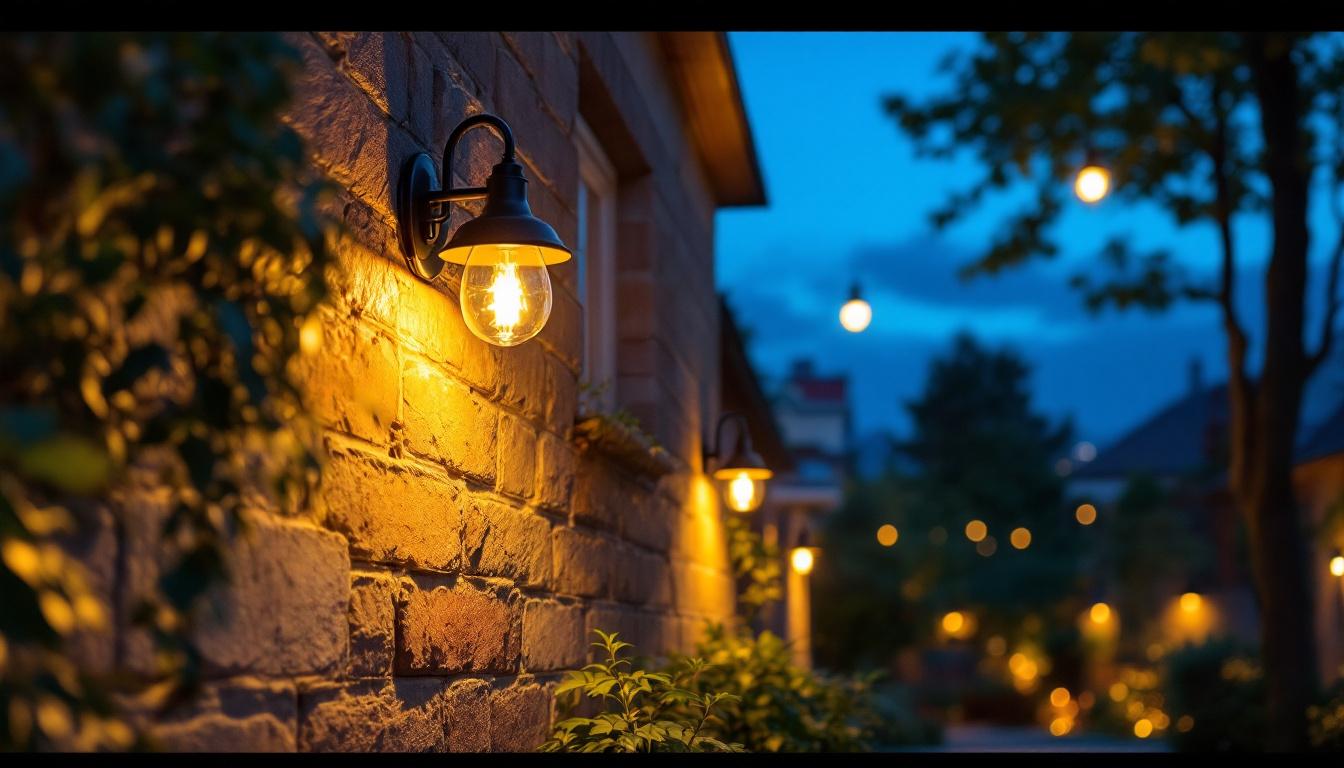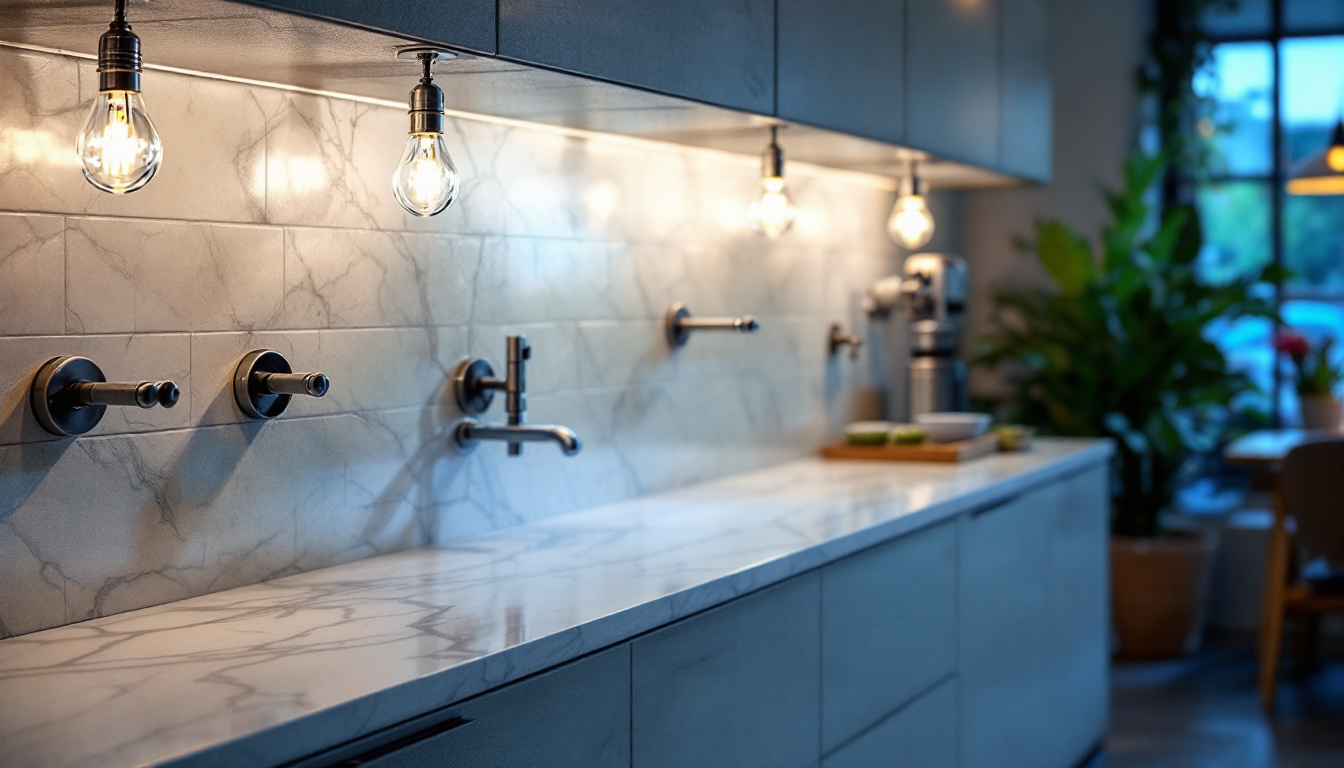
In the ever-evolving world of lighting solutions, LED technology has emerged as a frontrunner, particularly for commercial and industrial applications. Among the various options available, the 8-foot LED light fixture stands out due to its efficiency, versatility, and effectiveness in illuminating large spaces. This article aims to provide lighting contractors with best practices for selecting, installing, and maintaining 8-foot LED fixtures to ensure optimal performance and client satisfaction.
Before diving into best practices, it is essential to understand what an 8-foot LED light fixture entails. These fixtures are typically designed for areas requiring extensive lighting, such as warehouses, gymnasiums, and large retail spaces. They provide significant illumination while consuming less energy compared to traditional lighting options. The design of these fixtures often incorporates advanced optics and reflectors that maximize light distribution, ensuring that every corner of a large space is adequately lit without creating harsh shadows or overly bright spots.
LED technology not only offers energy efficiency but also boasts a longer lifespan, reducing the frequency of replacements. This longevity translates to lower maintenance costs, making them an attractive option for contractors and clients alike. Moreover, many 8-foot LED fixtures come with features such as dimming capabilities and smart controls, allowing users to adjust brightness levels according to specific needs or times of day, further enhancing energy savings and user comfort.
When considering 8-foot LED fixtures, several key features should be evaluated. These include lumens output, color temperature, and energy consumption. Lumens measure the brightness of the light; thus, selecting a fixture with adequate lumens for the intended space is crucial. For example, a warehouse may require fixtures with higher lumens to ensure safety and productivity, while a retail space may benefit from adjustable lumens to create an inviting atmosphere.
Color temperature, measured in Kelvin, affects the ambiance of the area. A cooler color temperature (above 4000K) is often preferred for workspaces, while warmer temperatures (below 3000K) are suitable for more relaxed environments. This choice can significantly impact employee productivity and customer satisfaction. Energy consumption, typically expressed in watts, directly impacts operational costs, making it a vital factor in decision-making. Additionally, many manufacturers provide energy efficiency ratings, which can help users gauge the long-term savings associated with their lighting choices.
The versatility of 8-foot LED fixtures allows them to be utilized in various applications. In warehouses, they can provide uniform lighting across expansive areas, enhancing visibility and safety. The ability to illuminate large spaces effectively reduces the risk of accidents and improves overall operational efficiency. In retail environments, these fixtures can highlight products effectively, improving the shopping experience. The right lighting can draw attention to promotional displays and create an inviting atmosphere that encourages customers to linger.
Additionally, gymnasiums benefit from the bright, even light distribution that these fixtures offer, allowing for safe and enjoyable physical activities. Proper lighting is crucial in sports facilities, as it can affect athletes’ performance and safety. Understanding the specific needs of each application can guide contractors in recommending the most suitable fixtures to their clients. Furthermore, many facilities are now integrating smart lighting solutions, allowing for automated adjustments based on occupancy or time of day, which can lead to even greater energy savings and enhanced user experience.
Choosing the right 8-foot LED fixture requires careful consideration of several factors. By following best practices, lighting contractors can ensure that they meet their clients’ needs while maximizing efficiency and performance.
The first step in selecting an 8-foot LED fixture is assessing the space where it will be installed. Factors such as ceiling height, the purpose of the area, and existing lighting conditions play a crucial role in determining the appropriate lumens and fixture type.
For instance, a warehouse with high ceilings may require fixtures with a higher lumen output to ensure adequate illumination at ground level. Conversely, a lower ceiling in a retail space may allow for fixtures with lower lumens, focusing on creating an inviting atmosphere. Additionally, it is essential to consider the layout of the space. Open areas may benefit from a more distributed lighting approach, while enclosed spaces might require targeted fixtures to avoid dark spots and ensure even light distribution.
Energy efficiency is a critical consideration when selecting lighting fixtures. Look for products that are ENERGY STAR certified or have high efficacy ratings, which indicate a higher lumens-per-watt ratio. This not only reduces energy consumption but also lowers operational costs for clients.
Additionally, consider the potential for dimming capabilities. Fixtures that can be dimmed allow for flexibility in lighting levels, which can further enhance energy savings and contribute to a more tailored lighting solution. Moreover, integrating smart lighting controls can provide even greater efficiency, enabling automatic adjustments based on occupancy and natural light levels, which can significantly reduce energy waste over time.
As mentioned earlier, color temperature significantly impacts the atmosphere of a space. When selecting 8-foot LED fixtures, contractors should consult with clients about their preferences and the intended use of the area.
For workspaces, cooler color temperatures (4000K to 5000K) can enhance focus and productivity. In contrast, warmer temperatures (2700K to 3000K) may be more appropriate for areas where comfort and relaxation are priorities, such as lounges or waiting areas. Furthermore, it’s important to consider the color rendering index (CRI) of the fixtures. A higher CRI ensures that colors appear more vibrant and true to life, which is particularly beneficial in settings like art studios or retail environments where product presentation is key. Understanding these nuances can help contractors provide a lighting solution that not only meets functional requirements but also enhances the overall aesthetic appeal of the space.
Proper installation is crucial for the performance and longevity of 8-foot LED fixtures. Adhering to best practices during installation can prevent issues down the line and ensure client satisfaction.
Every lighting fixture comes with specific installation guidelines provided by the manufacturer. It is essential for contractors to follow these instructions closely to ensure safety and optimal performance. This includes understanding the electrical requirements and ensuring compatibility with existing systems.
Moreover, adhering to local building codes and regulations is vital. These codes are designed to ensure safety and efficiency, and failing to comply can result in costly repercussions.
When installing 8-foot LED fixtures, proper mounting is critical. Fixtures should be securely fastened to prevent any risk of falling or shifting. Depending on the fixture design, this may involve using brackets, chains, or other mounting hardware.
Additionally, consider the fixture’s orientation. For example, fixtures designed for direct lighting should be angled appropriately to maximize light distribution and minimize shadows. A well-planned layout can significantly enhance the effectiveness of the lighting design.
Once the fixtures are installed, it is essential to conduct thorough testing. This includes checking for proper functionality, ensuring that all fixtures are operating at the intended brightness, and making any necessary adjustments.
Testing should also involve evaluating the light distribution across the space. If certain areas appear darker than others, adjustments may be needed, whether that involves repositioning fixtures or adding additional units to achieve uniform lighting.
Dust and debris can accumulate on fixtures over time, diminishing their brightness and efficiency. Regular cleaning is essential to maintain optimal performance. Use a soft, dry cloth to wipe down the fixtures, taking care not to damage any components.
For fixtures located in areas with higher dust levels, such as warehouses, more frequent cleaning may be necessary. Additionally, ensure that any cleaning products used are compatible with the fixture materials to avoid damage.
Regular inspections are crucial for identifying any signs of damage or wear. Check for loose connections, flickering lights, or any unusual sounds that may indicate a problem. Addressing these issues promptly can prevent more extensive damage and ensure the longevity of the fixtures.
Moreover, keeping a record of inspections and maintenance activities can help contractors track the performance of the fixtures over time and identify any recurring issues that may need to be addressed.
As technology advances, updating lighting controls can enhance the functionality of 8-foot LED fixtures. Consider integrating smart lighting systems that allow for remote control, scheduling, and dimming capabilities.
These updates not only improve energy efficiency but also provide clients with greater control over their lighting environments. Educating clients about these options can lead to increased satisfaction and potentially more business in the future.
The 8-foot LED light fixture is a powerful tool for lighting contractors, offering energy efficiency, versatility, and longevity. By understanding the features, applications, and best practices for selection, installation, and maintenance, contractors can provide exceptional service to their clients.
As the demand for energy-efficient solutions continues to grow, staying informed about the latest advancements in LED technology will be essential for lighting contractors. By implementing these best practices, contractors can not only enhance their reputation but also contribute to a more sustainable future in lighting.
Ready to elevate your lighting game? At LumenWholesale, we provide lighting contractors like you with the highest quality 8-foot LED light fixtures at unbeatable wholesale prices. Our spec-grade products are designed to meet the rigorous demands of any project, ensuring energy efficiency, durability, and performance. Say goodbye to inflated markups and hello to hassle-free bulk buying with free shipping. Don’t compromise on quality or value—visit LumenWholesale today and discover the perfect blend of quality, affordability, and convenience for your lighting needs.

Discover the secrets behind exceptional outdoor lighting with our guide on “Dusk Till Dawn Outdoor Lights.” Learn what distinguishes top lighting contractors, from innovative designs to energy-efficient solutions, and transform your outdoor spaces into captivating, illuminated landscapes..

Discover the essential advantages of outside work lights for lighting contractors.

Discover essential tips and best practices for maintaining solar panels on lawn lights.

Discover why choosing the right bulbs for cooler lighting fixtures is crucial yet often overlooked.